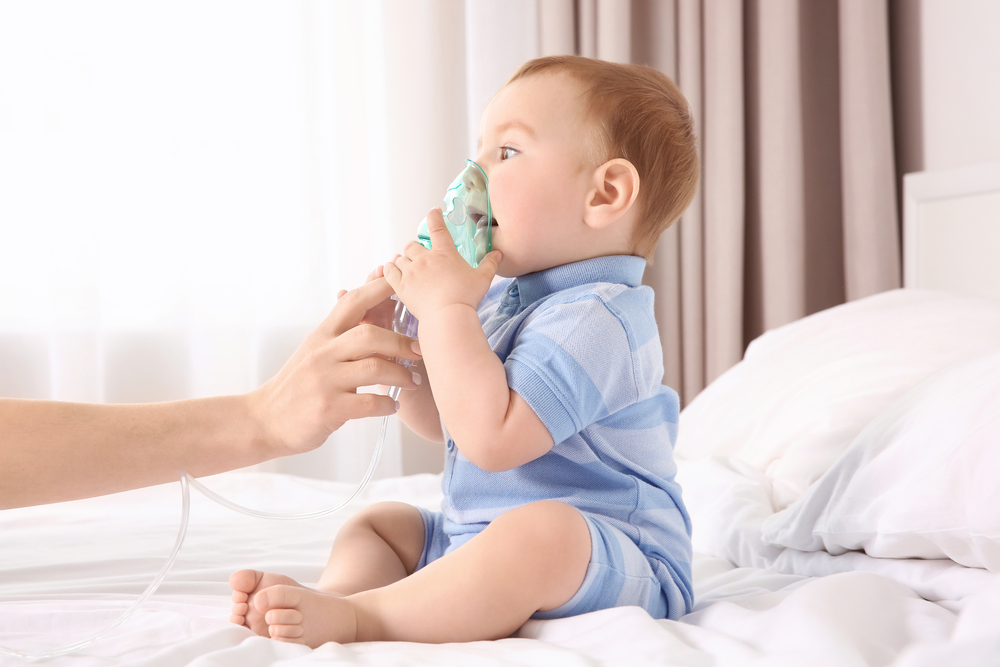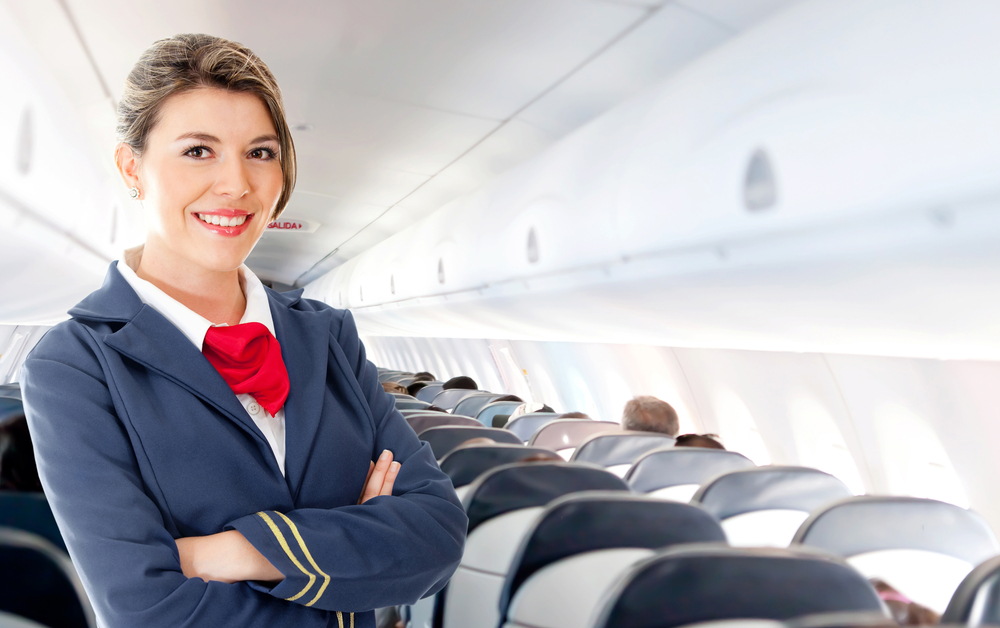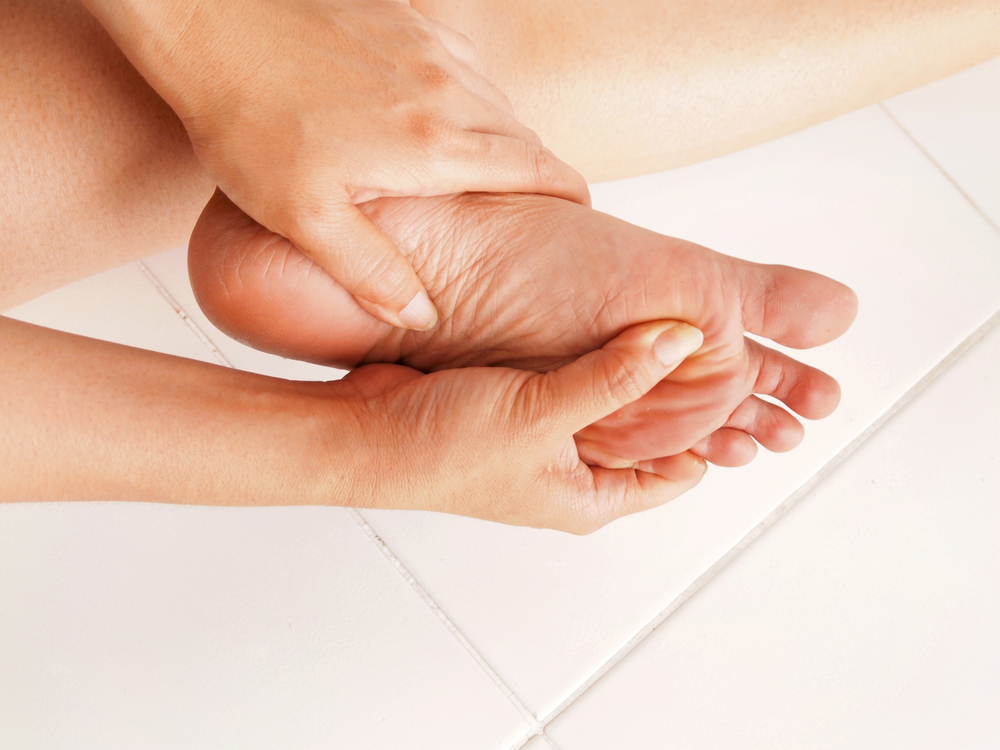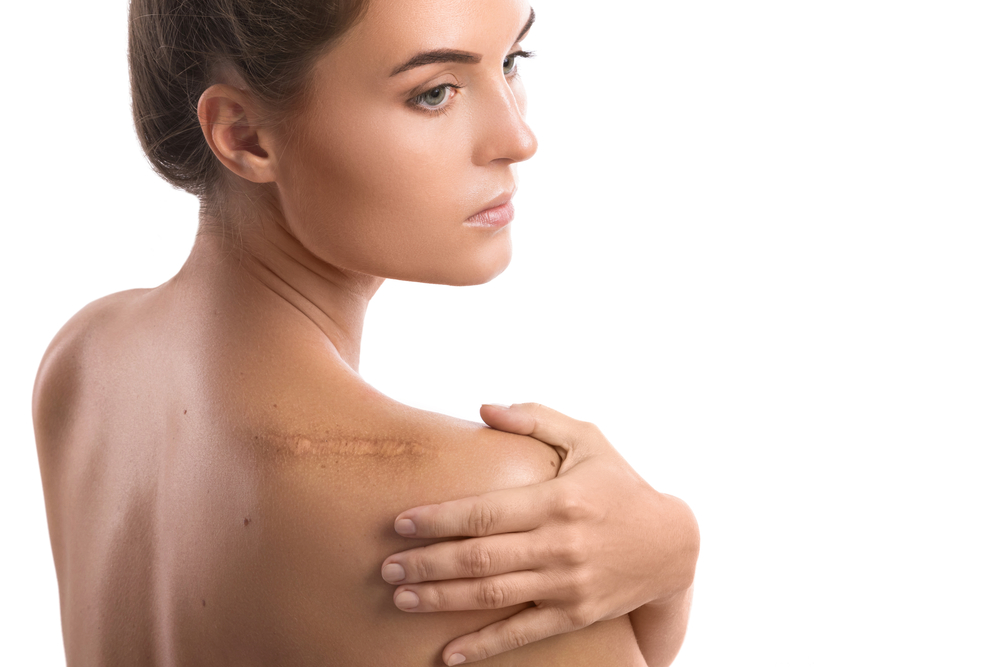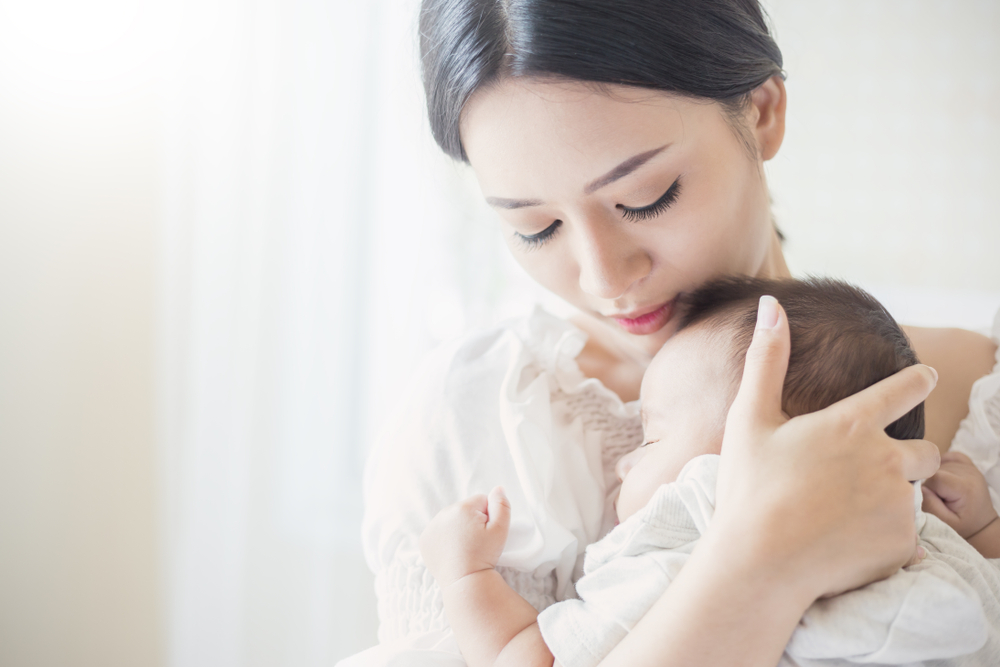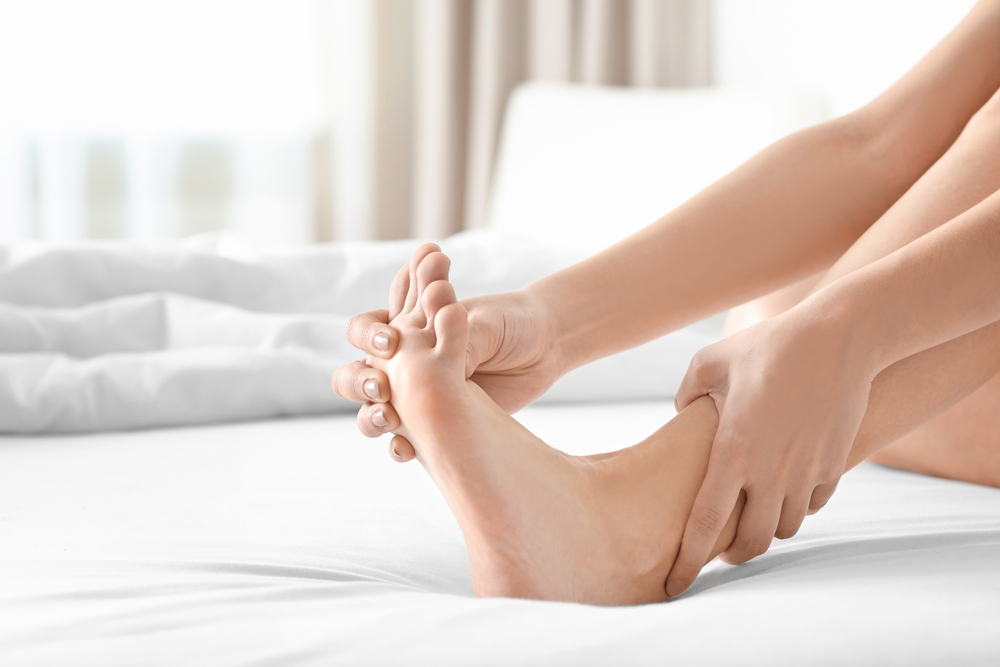Contents:
- Medical Video: Helping Your Child Use a Nebulizer Machine
- Guide to how to use a nebulizer for babies and young children
- So that children are not fussy when using nebulizer ...
Medical Video: Helping Your Child Use a Nebulizer Machine
Nebulizers are commonly used as a therapy to treat various types of respiratory diseases in children, such as asthma, croup cough, cystic fibrosis (cystic fibrosis), RSV (Respiratory Syncytial Virus), pneumonia, and others. The use of a nebulizer for babies and children with respiratory disease is a good choice of home care because of the ease of use.
You might be a little shocked when you first have to attach a nebulizer to your little one. But with practice and equipping yourself with useful tips below, you will be more skilled at using it.
Guide to how to use a nebulizer for babies and young children
Nebulizer is a medical device to convert liquid medicine into steam to make it easier to breathe in the lungs. This tool will deliver liquid medicine in the form of very small water vapor so that it directly enters the lungs.
The liquid drug delivery process will differ depending on the type of nebulizer used. But generally, like this how to use a nebulizer for babies and small children at home:
- You can use a nebulizer at any time if needed, or set a specific schedule at certain times when the baby is drowsy. For example after eating, before taking a nap, or before going to bed at night.
- Treatment with a nebulizer can take around 15 minutes. So as much as possible, keep everything that can interfere / stop therapy in the middle of the road. Ask your other children to play in their room temporarily, turn off the cellphone or change it in silent mode, make sure the stove or oven in the kitchen does not turn on, and complete other tasks before starting to pair the nebulizer for your baby.
- Wash your hands before starting treatment.
- Before pouring the liquid medicine into the nebulizer tube, read the instructions on the label carefully. Some types of drugs may be ready to use in liquid form, while others are still in powder or powder that must be dissolved first with water or saline liquid.
- Make sure the drug delivery hose is properly installed at both ends; one in the medicine tube, and one on the end of the inhaler. Masks are often used for children because they are more accustomed to breathing through the nose than the mouth. However, a pacifier inhaler can help calm fussy babies during treatment.
- Sit the child upright in your lap so he can breathe deeper, so that the medicine can be inhaled to all parts of his lungs.
- Hold the mask close to his face. Although most nebulizer masks for babies are equipped with a hook to secure the position of the mask, babies generally don't feel comfortable with the strap. It will be easier for you to hold the mask directly on his face, and make sure it covers their nose and mouth.
- Turn on the nebulizer machine.
- As long as the drug is channeled through the hose, make sure you keep the mask on the child's face so that no medicinal vapors escape.
- Complete the therapy when the steam is getting less and the liquid medicine in the tube has also run out. Remove the mask from your child's face.
- Clean and sterilize the nebulizer every time you use it. A nebulizer that is not cleaned is susceptible to being a nest of bacteria and fungi that can be inhaled into the baby's lungs when he has to use the nebulizer again later. Remove all machine components and soak for 15 minutes in warm water mixed with soap or disinfectant. Dry well afterwards.
- Store the nebulizer in a clean and dry place.
So that children are not fussy when using nebulizer ...
Although how to use a nebulizer is quite easy, breathing therapy like this can make babies fussy and cry. So, you have to be smart about outsmarting it.
Your little one might want more obedient when his mind is distracted. Try plugging in music or setting cartoons on TV during nebulizer therapy for babies so that they are not too burdened with the treatment routine.Every time you finish therapy, don't forget to praise your child for his "success", for example by cheering and clapping.
Consult your pediatrician if you still find it difficult to put on a nebulizer for your baby.

